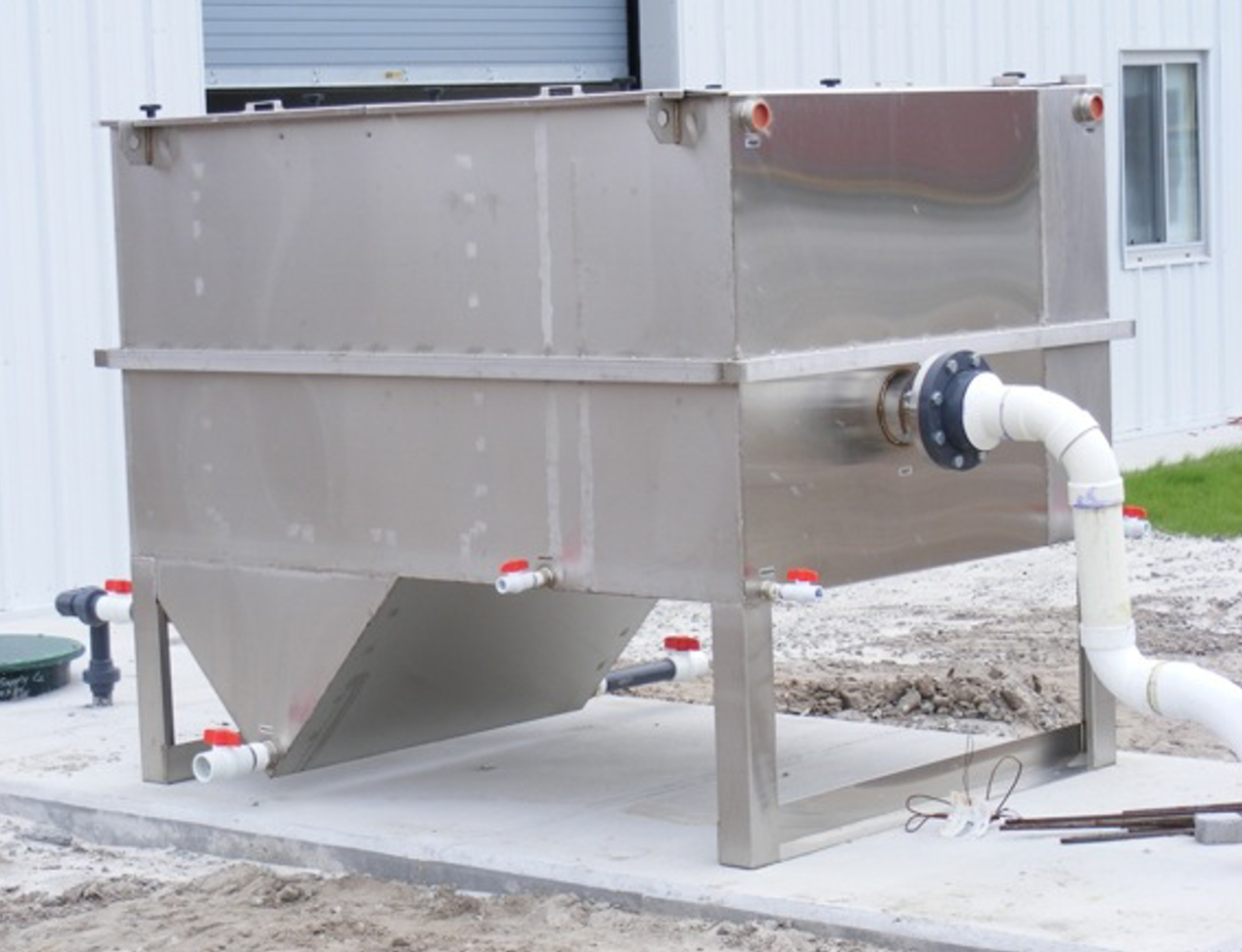They say that oil and water don’t mix; while that theory has some truth, it does not consider all the complexities of how oil and water combine with other impurities. There are many cases where oil and water need to be separated to retrieve valuable compounds or clean the water for it to be used in another process or released into the environment. Different industries like food processing, oil and gas, waste treatment, and others need to use special equipment to separate or dehydrate oil as part of their process. The petroleum industry uses numerous types of separators to suit the conditions.
Contents
How do They Work?
The separation of oil and water is mainly achieved by using the differences in mass and the properties of oil and water to drive them apart.
Impure oils, combined with solids, can be separated from water by using the solid’s mass against the oil’s buoyancy by determining the droplet size, the speed of the flood, and the distance required for the oil to drop out. Of course, it is more complicated than that, but that is the separation process, also known as oil skimming. There are two main types of separators.
Gravity Separator: This is the simplest form of separator; it relies almost entirely on gravity to pull the materials apart. The combined liquids enter the tank at a set flow rate.
They are agitated by turbulence, and the flow is interrupted by baffles. This causes the heavier materials to drop out. The oil is made less dense through purification and rises to the top, the solids remain on the bottom, and the water can flow out through a central port.
Coalescing Separators: A coalescing oil water separator uses oleophilic media to coalesce the oil products. This added component can increase the efficiency of the separator and may be required for particularly homogenous materials. The media will assist the oil in becoming more buoyant and to separate more quickly from the solids.
The Necessity of Oil/Water Separators: The need to protect the environment from pollutants such as oil and other impurities. Oil/water separators play a critical role in removing the waste in a non-chemical process that often yields valuable materials to be used for industry.
In the case of petroleum processing, the water is the part that needs to be removed and the petroleum products that are valuable. All major petrochemical companies use oil/water separators daily. These simple mechanisms are instrumental in environmental compliance, resource recovery, and more efficient downstream operations.
Usage: Oil/water separators can be used wherever oil needs to be removed from water or water from oil. They can be found in waste management systems and are used heavily in the oil industry.
Although oil is indeed hydrophobic as a fundamental property, sometimes it requires special equipment to make the two materials go their separate ways. By using the simple mechanics of oil water separators, impurities can be coaxed from the oil, freeing it to float above the oil and improving wastewater management or cleaner oil and gas production, depending on the needs of any particular application.







